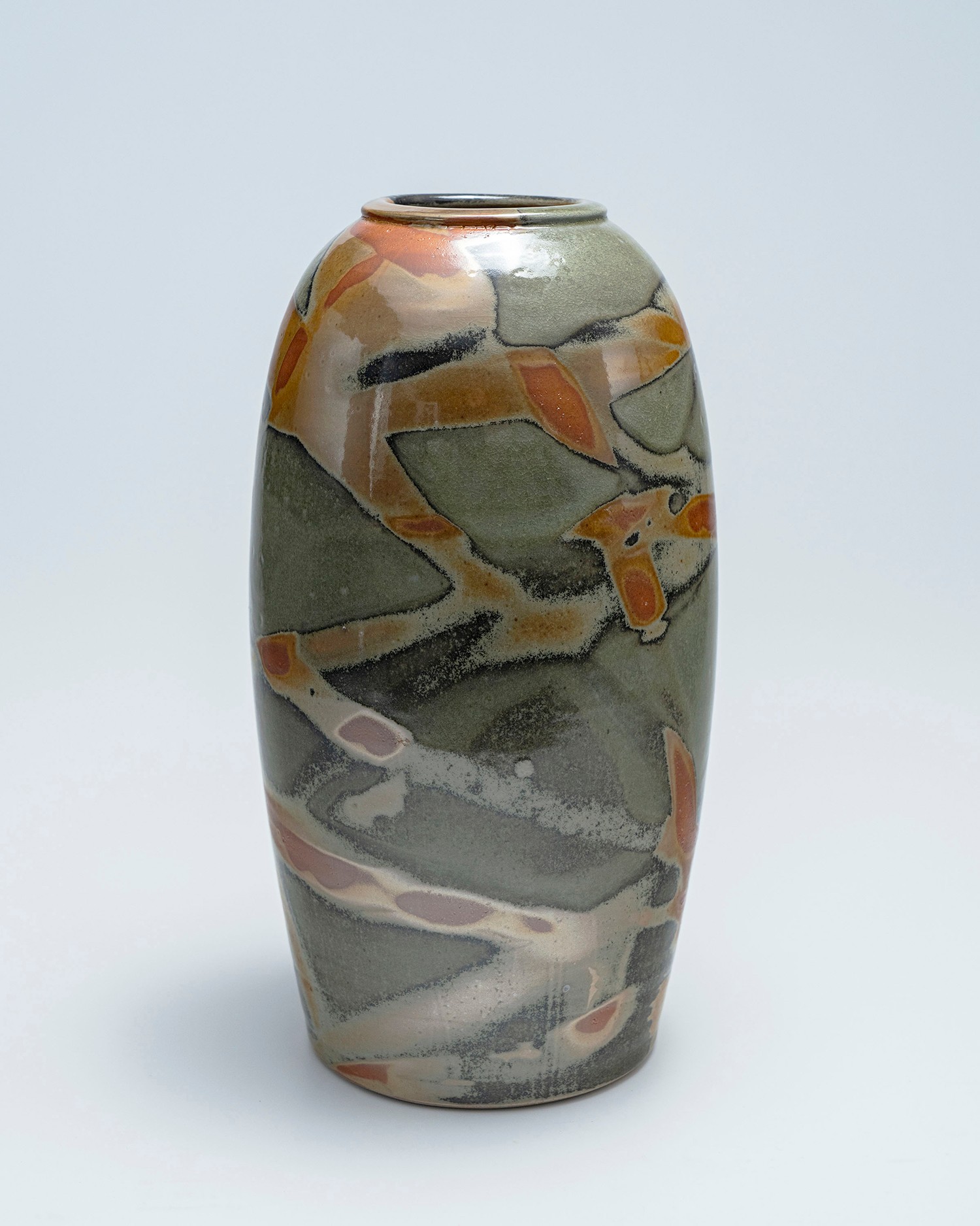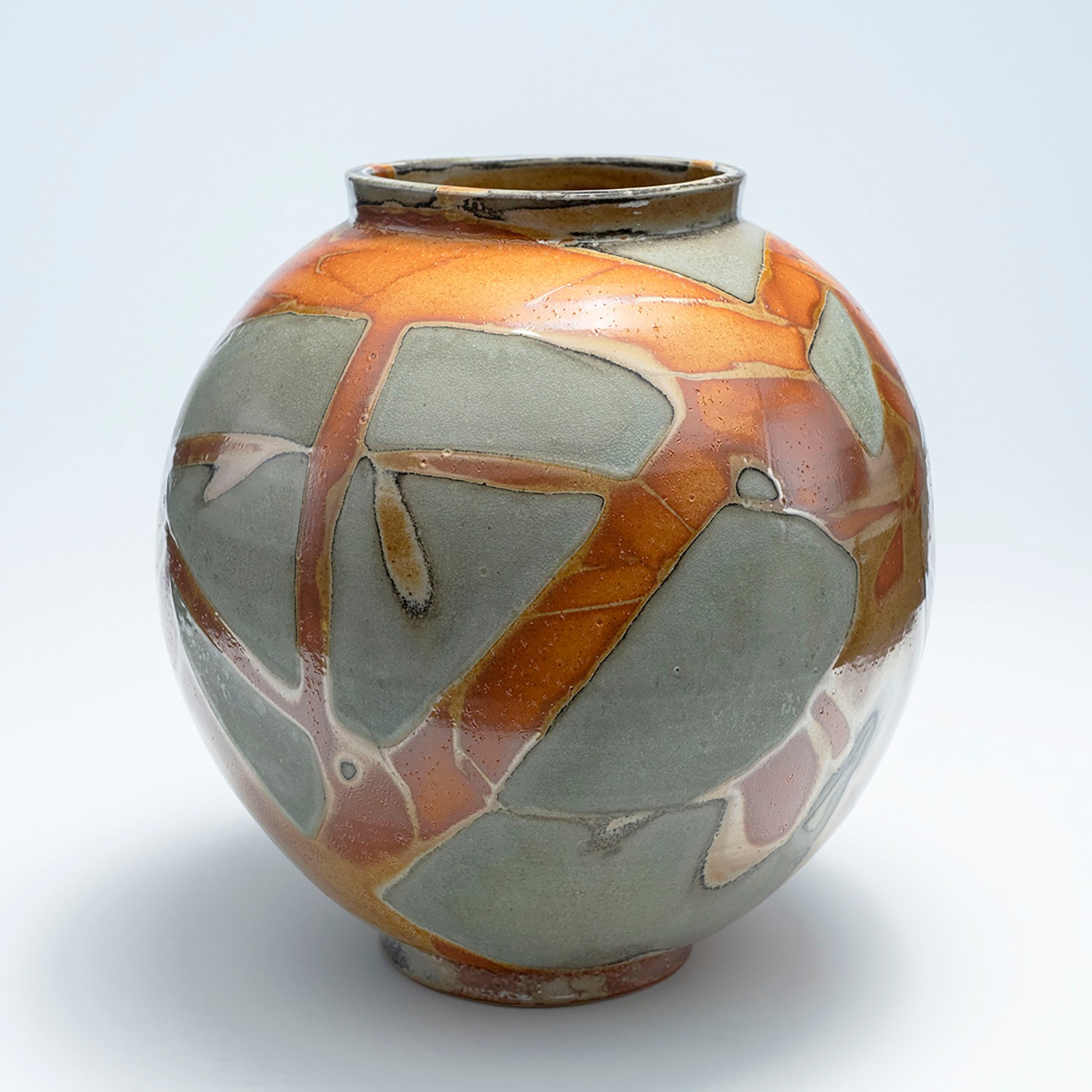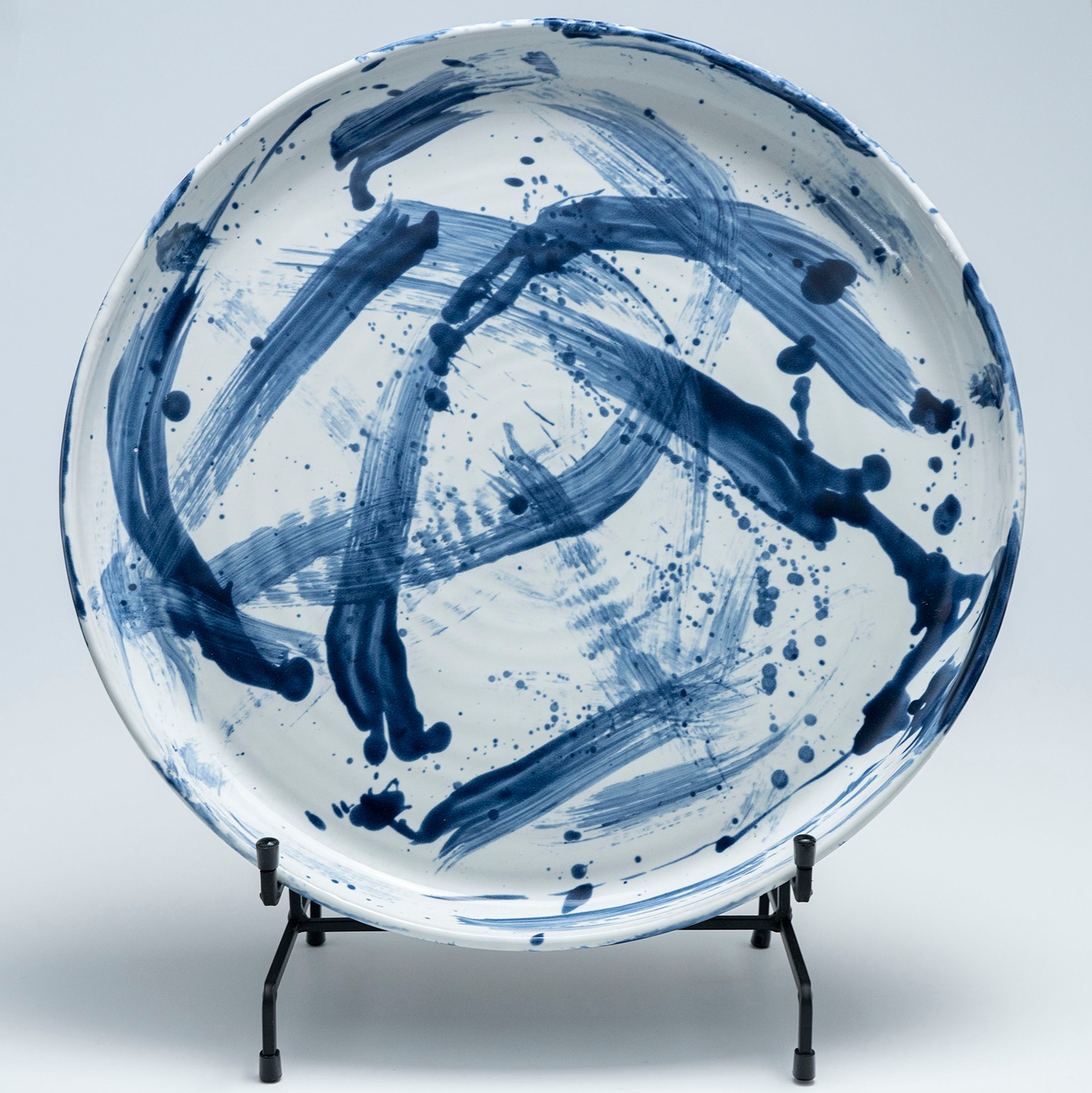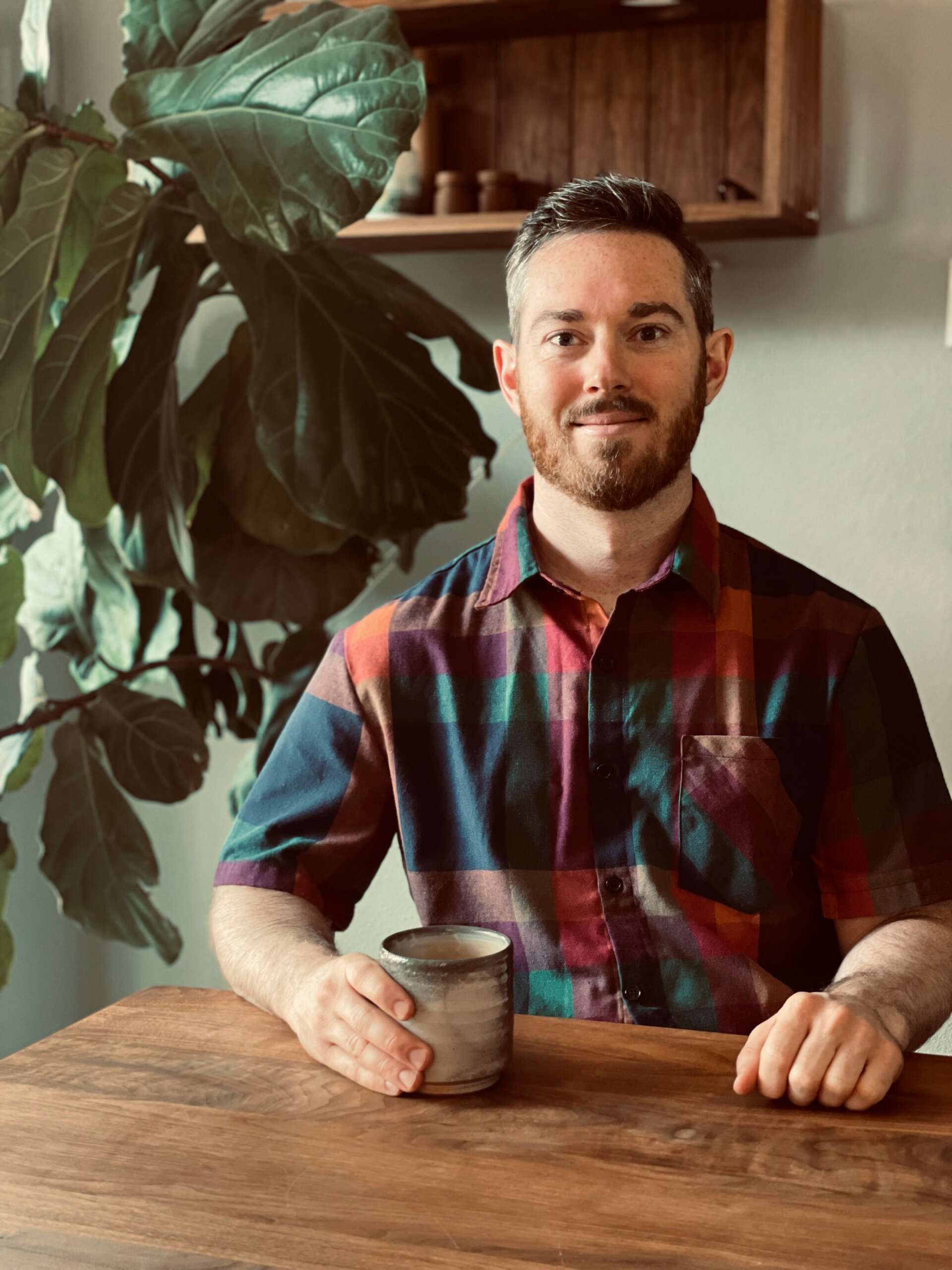Alright – so today we’ve got the honor of introducing you to William Mantor . We think you’ll enjoy our conversation, we’ve shared it below.
William , thanks for joining us, excited to have you contributing your stories and insights. How did you learn to do what you do? Knowing what you know now, what could you have done to speed up your learning process? What skills do you think were most essential? What obstacles stood in the way of learning more?
At a young age, I learned how to work with clay. I grew up taking various kinds of art classes, but truly it wasn’t until I attended college that clay really took over as my focus. Previously I had only ever sculpted clay as a hobby, but the second I took my first wheel throwing class in college, I knew this was something that was going to become an important part of my path. Working with clay has taught me several skills, but two of the most important ones are patience and optimism. When working with clay, there are many stages where something can go wrong, and the thing to remember is that you can always remake it.
One time, I worked on a sculpture for over 6 hours: from making slabs, to letting them dry out, to scoring and slipping them together. I had everything constructed to how I wanted it until when moving the piece to a shelf to dry, I accidentally bumped it and destroyed everything I had spent hours working on. At that moment I had to remind myself “It’s okay, I made it once I can do it again.”
I always tell my students that throwing on the wheel or hand building is a 10,000 hour skill. To get to the level I’m currently at, it has taken me several years of hard work and practice, and moving forward there is still a lot left to learn.


As always, we appreciate you sharing your insights and we’ve got a few more questions for you, but before we get to all of that can you take a minute to introduce yourself and give our readers some of your back background and context?
My name is William Mantor. I was born and raised in Edmond, Oklahoma. I attended Oklahoma State University where my interest in ceramics started. It was at Oklahoma State that I took my first throwing class and I was immediately hooked. After graduating with a BFA in Sculpture, I moved to San Francisco to get my masters at San Francisco Art Institute. Then once I finished graduate school, got married, and lived in San Francisco for a few years, my wonderful and supportive wife and I decided to move to Denver, Colorado.
Since under-grad, I have always been interested in wheel throwing and I kept up with it through grad school, but I never saw it as a full-time career until I moved to Denver. I had always worked for other potters, whether it was throwing, glazing, or firing kilns for them so I had all the necessary training, but I never had the drive to go off on my own. However, after moving to Denver and working once again for another artist for a time, I finally said “Enough is enough. I am giving myself a hard deadline and I am making a go of it.”
So at the start of 2023, I stopped working for other people and went to work for myself as the small business owner of William Mantor Ceramics. I create functional hand thrown pieces on the wheel such as vases of all sizes, platters, bowls, pitchers, and tumblers. I wanted to make sure I had work anyone who came across my booth could afford, with prices ranging from only $25 for a sake cup up to $600 for a larger vase. That is one thing I believe has helped me in shows, not only selling large statement vases but also having things that anyone who comes across my work are able to afford.


For you, what’s the most rewarding aspect of being a creative?
The most rewarding aspect of being an artist is seeing customers use my work. I create ceramic pieces such as vases of all sizes, tumblers, platters, and bowls. I make functional pieces that should be used every day. When previous customers tell me how often they use one of my pieces, that makes it all worth it.

Can you tell us about a time you’ve had to pivot?
When I moved to Denver at the end of 2019, I had every intention to start making and selling pottery on my own. I got a studio, found a place to teach classes, and bought everything I needed to show work at art festivals. However, soon after in early 2020, the pandemic happened and everything I had worked so hard on in the previous months had become uncertain. All the festivals I had applied to were canceled, the teaching job I had secured was put on hold, and trying to make it as an artist seemed pretty bleak.
I was very fortunate that my studio where several other ceramic artists worked remained open to the members who were willing to be careful around other members, and during that time one of those members was looking to expand his business. He asked if I could come and help him do that. To which I agreed and was able to work with him and grow his business, allowing me to continue in ceramics but in another avenue than what I had originally hoped for during 2020.
Working for Fenway Clayworks, although it only lasted a few years, was a massive help to my work. I could throw every day, maximizing my throwing skills, and see how someone who was a few years ahead of me in their career worked and expanded their business. What I learned at Fenway formed a path for me in my own career.

Contact Info:
- Website: WilliamMantorCeramics.com
- Instagram: William_Mantor_Ceramics


